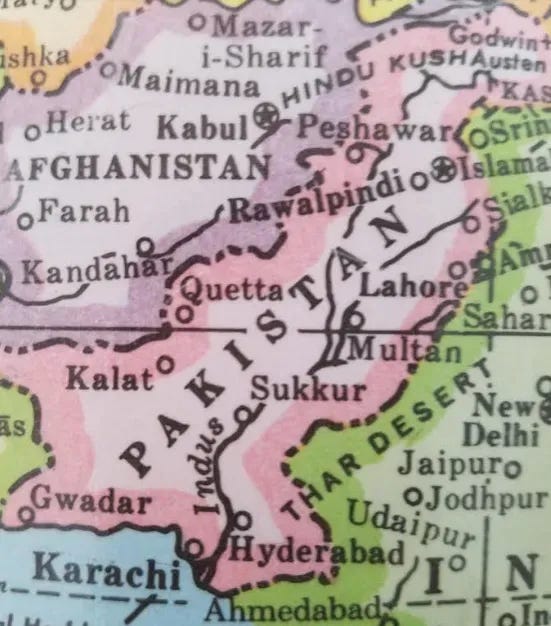Polio cases in Pakistan rise to 22 as another case is confirmed in Balochistan
In Pakistan, the Regional Reference Laboratory for Polio Eradication at the National Institute of Health in Islamabad confirmed the presence of wild poliovirus type 1 (WPV1) in a 30-month-old boy from Pishin, Balochistan.
This brings the total number of reported polio cases in 2024 to 22, with Balochistan accounting for 15 of them. Sindh has recorded 4 cases, while KP, Punjab, and Islamabad have reported one case each.
Officials say Balochistan remains a particularly challenging region due to factors such as seasonal migration, population movement within and across borders, vaccine hesitancy, and security issues.
In response to the ongoing outbreak, the government has updated its National Polio Eradication Emergency Operations Plan to target critical gaps in access, campaign quality, and vaccine acceptance. Two large-scale, door-to-door vaccination campaigns are planned for later this year to close immunity gaps and curb the virus's spread.
National Coordinator for the Polio Emergency Operations Centre, Mr. Muhammad Anwar ul Haq, highlighted the importance of maintaining high vaccination coverage. “Every new case is tragic reminder of what happens when there are gaps in immunity, .” he said. “When a child misses’ vaccination, the virus wins. Let’s work together to protect our children and importantly to put a stop to the virus.” Mr. Haq also urged parents to welcome polio vaccinators into their homes, stressing that child health and well-being are our collective responsibilities.
Subscribe to Outbreak News TV on YouTube
Polio is caused by a human enterovirus called the poliovirus. The virus is most often spread by the fecal-oral route. Poliovirus enters through the mouth and multiplies in the intestine. Infected individuals shed poliovirus into the environment for several weeks, where it can spread rapidly through a community, especially in areas of poor sanitation. Poliomyelitis can affect any age, but primarily involves children ages less than 5 years and can cause paralysis or even death.
Help support this news blog. If you can, please become a paid subscriber or buy a coffee at Ko-fi
Tremendous achievements have been made in the global fight against polio since 1988 when the World Health Assembly resolved to eradicate the disease. When the Global Polio Eradication Initiative (GPEI) began in 1988, polio used to paralyze more than 350,000 children worldwide annually. Today, the global incidence of polio is down by more than 99%.





